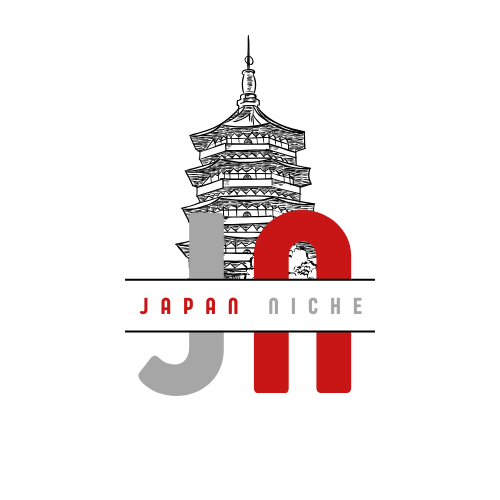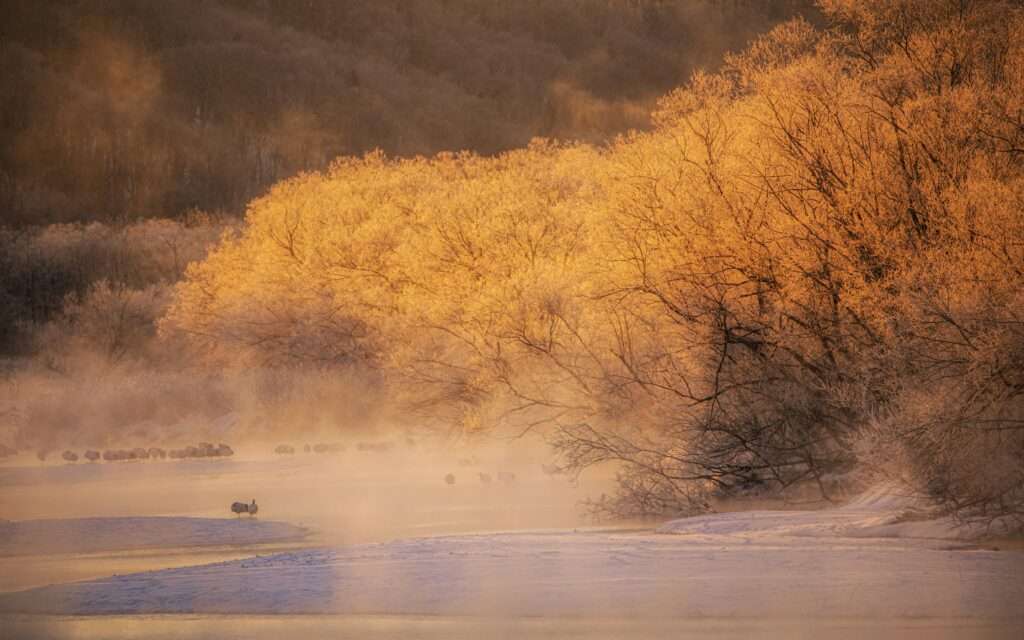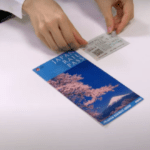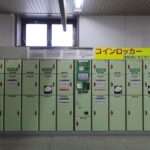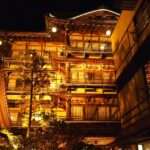As a traveler to Japan, I’ve had the privilege of experiencing the country’s breathtaking beauty throughout the year. From the vibrant cherry blossoms of spring to the serene snow-covered landscapes of winter, each season offers unique and unforgettable experiences. In this blog post, I’ll share my insights and recommendations for planning your perfect trip to Japan, tailored to the season of your choice. Japan is a country of breathtaking beauty and cultural richness, and the best time to visit depends on what you want to experience. From cherry blossoms in the spring to the vibrant festivals of summer, the picturesque fall foliage, and the serene winter snows, each season offers unique landscapes, events, and activities.
Spring (March to May)
Best For: Cherry blossoms, festivals, pleasant weather
Spring is one of the most popular times to visit Japan, and for a good reason. The country bursts into color as cherry blossoms (sakura) bloom, covering parks, streets, and temples in delicate pink petals. This season is associated with hanami (flower viewing), a tradition where people gather in parks to enjoy picnics under the blooming cherry trees.
Key Events and Attractions:
- Cherry Blossom Season: Late March to early April is the peak time to see sakura in most parts of Japan, especially in Tokyo, Kyoto, and Osaka. Famous spots include Ueno Park, Mount Yoshino, and Himeji Castle.
- Golden Week: Late April to early May, a collection of public holidays, is one of the busiest times for travel within Japan. Popular tourist sites can be crowded, but it’s also an exciting time to witness various local festivals and celebrations.
Pros:
- Mild temperatures, perfect for outdoor exploration.
- Beautiful cherry blossoms and colorful gardens.
- Many traditional festivals and cultural activities.
Cons:
- Accommodation can be expensive and hard to find during peak cherry blossom season.
- Crowds, especially in popular sakura spots and during Golden Week.
Summer (June to August)
Best For: Festivals, beaches, and hiking
Summer in Japan is hot and humid, but it’s also the time for vibrant festivals (matsuri) and outdoor adventures. From the fireworks displays that light up the night skies to the lush green mountains ready for hiking, summer offers excitement despite the heat.
Key Events and Attractions:
- Gion Matsuri (Kyoto): Held in July, this is one of Japan’s most famous festivals, with stunning floats and parades.
- Fireworks Festivals: The end of July and August are filled with spectacular fireworks displays, with events like the Sumida River Fireworks in Tokyo being especially popular.
- Beaches and Islands: Okinawa and Japan’s coastal areas are ideal for those seeking sun and sea. The beaches are beautiful, and the water is warm, perfect for swimming, snorkeling, or diving.
- Mount Fuji Climbing Season: July to early September is the official climbing season for Mount Fuji. Thousands of hikers take on the challenge to reach Japan’s highest peak.
Pros:
- Lively festivals, parades, and fireworks.
- Great time for hiking and beach activities.
- Beautiful mountain landscapes and lush countryside.
Cons:
- High temperatures and humidity can be uncomfortable for some.
- Rainy season (June to mid-July) may bring frequent showers.
- Popular tourist spots and festivals can be crowded.
Autumn (September to November)
Best For: Fall foliage, cooler weather, food festivals
Autumn is another fantastic season to visit Japan. As the temperatures drop, the maple trees (momiji) and ginkgo trees turn vibrant shades of red, orange, and yellow, creating breathtaking scenery throughout the country. It’s also harvest season, so you can indulge in seasonal food specialties.
Key Events and Attractions:
- Koyo (Autumn Foliage): From late October to early December, you can witness the spectacular fall colors in places like Kyoto, Nikko, and the Japanese Alps.
- Seasonal Food: Autumn is a time for savoring seasonal delights such as grilled sanma (Pacific saury), chestnuts, and sweet potatoes. Food festivals and local markets offer a great way to taste regional specialties.
- Less Crowded Attractions: After the peak summer season, many popular destinations become less crowded, making autumn a more peaceful time to explore cities and countryside alike.
Pros:
- Stunning fall foliage and scenic landscapes.
- Cool and pleasant weather, ideal for sightseeing.
- Rich culinary experiences with seasonal ingredients.
Cons:
- Some regions, particularly in the north, may experience typhoons in September.
- The peak period for fall foliage may bring more tourists to famous spots, although less crowded than during cherry blossom season.
Winter (December to February)
Best For: Snow sports, hot springs, and cultural festivals
Winter in Japan transforms the country into a wonderland, especially in the northern regions and mountainous areas. Whether you’re a fan of skiing, snowboarding, or soaking in an onsen (hot spring), winter offers a serene, magical atmosphere for travelers.
Key Events and Attractions:
- Sapporo Snow Festival: Held in February in Hokkaido, this festival showcases impressive snow and ice sculptures that attract visitors from around the world.
- Skiing and Snowboarding: Japan’s ski resorts, especially in Hokkaido and Nagano, are famous for their powder snow. Niseko, Hakuba, and Nozawa Onsen are top destinations for winter sports.
- New Year’s Celebrations: New Year (Shogatsu) is a significant holiday in Japan, and many families visit temples and shrines to pray for a prosperous year. Popular shrines like Meiji Jingu in Tokyo become bustling with visitors during this time.
- Hot Springs (Onsen): Nothing beats soaking in a natural hot spring while surrounded by snow. Famous onsen towns like Hakone and Kusatsu are particularly beautiful in winter.
Pros:
- Fantastic ski resorts with world-class powder snow.
- Peaceful onsen experiences in the winter landscape.
- Unique winter festivals and holiday traditions.
Cons:
- Cold temperatures, especially in northern regions.
- Some attractions and transportation may be affected by snow in rural areas.
- Shorter daylight hours limit outdoor activities.
Best Time to Visit Japan Based on Your Interests
- For Cherry Blossoms: Late March to early April is the ideal time, but book early as it’s peak tourist season.
- For Festivals: Summer (July and August) is the season for lively matsuri and fireworks displays.
- For Outdoor Adventures: Summer is great for beach trips and hiking, while winter offers excellent skiing and snowboarding.
- For Fall Foliage: Visit from mid-October to early December to catch the stunning autumn leaves.
- For a Quieter Experience: Winter provides a peaceful atmosphere with fewer tourists and serene snow-covered landscapes.
Japan is a destination that can be enjoyed year-round, with each season offering something special. Whether you’re drawn by the allure of cherry blossoms, the excitement of summer festivals, the beauty of autumn foliage, or the tranquility of a winter onsen retreat, there’s never a bad time to visit Japan. Plan according to what experience you’re seeking, and you’ll surely create unforgettable memories.

